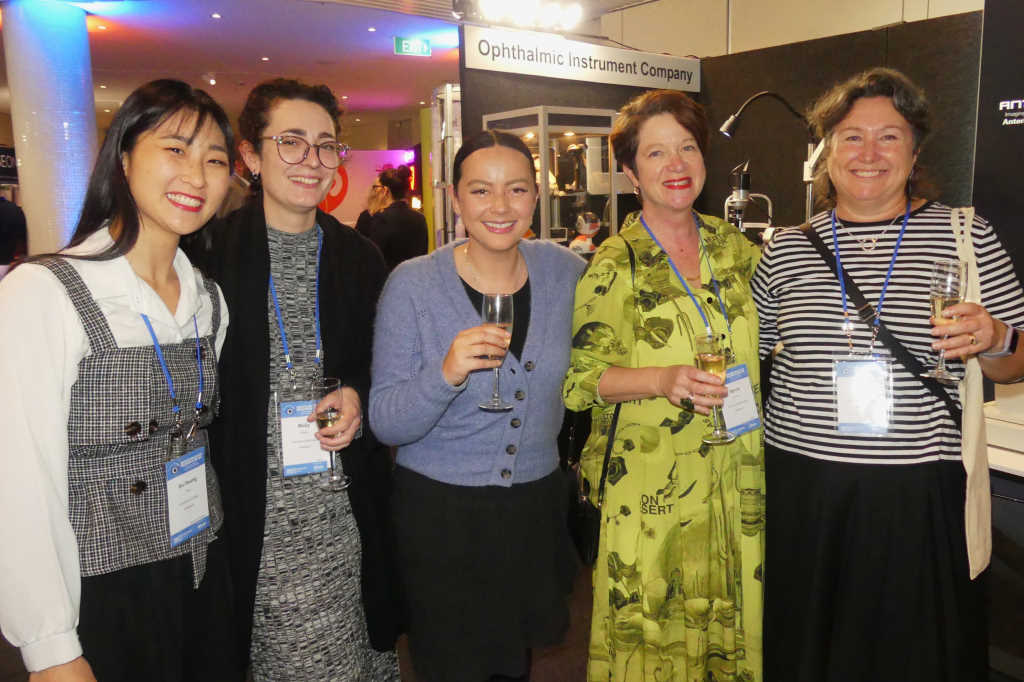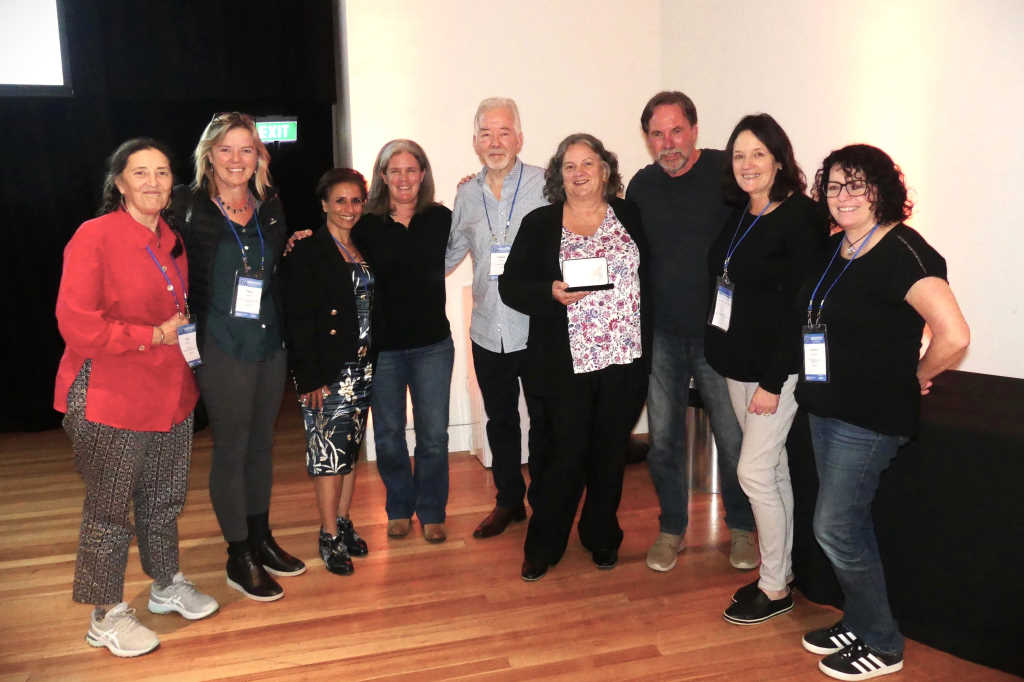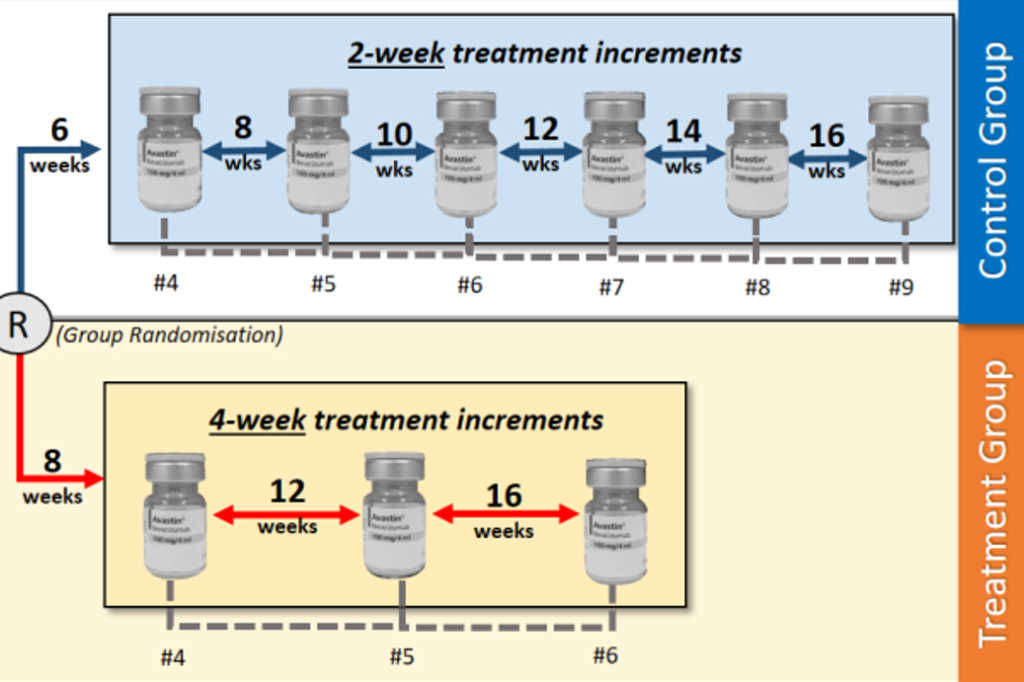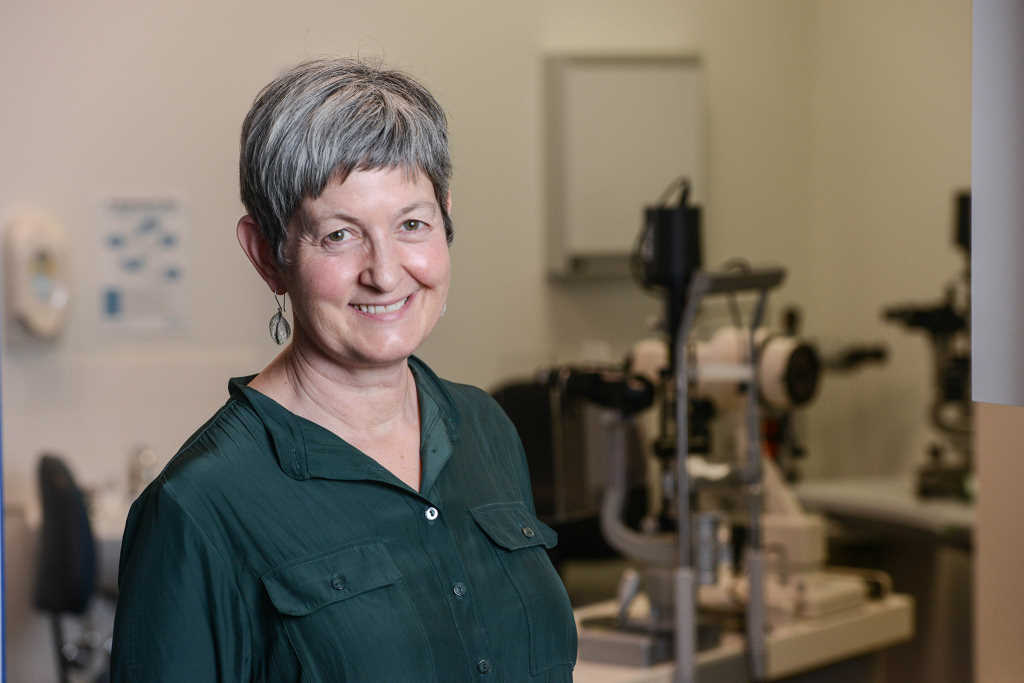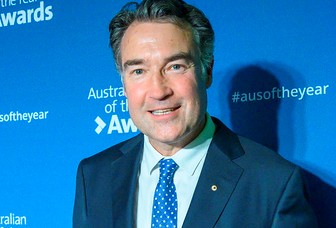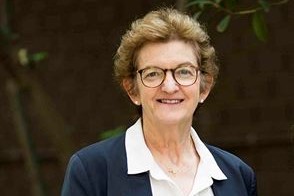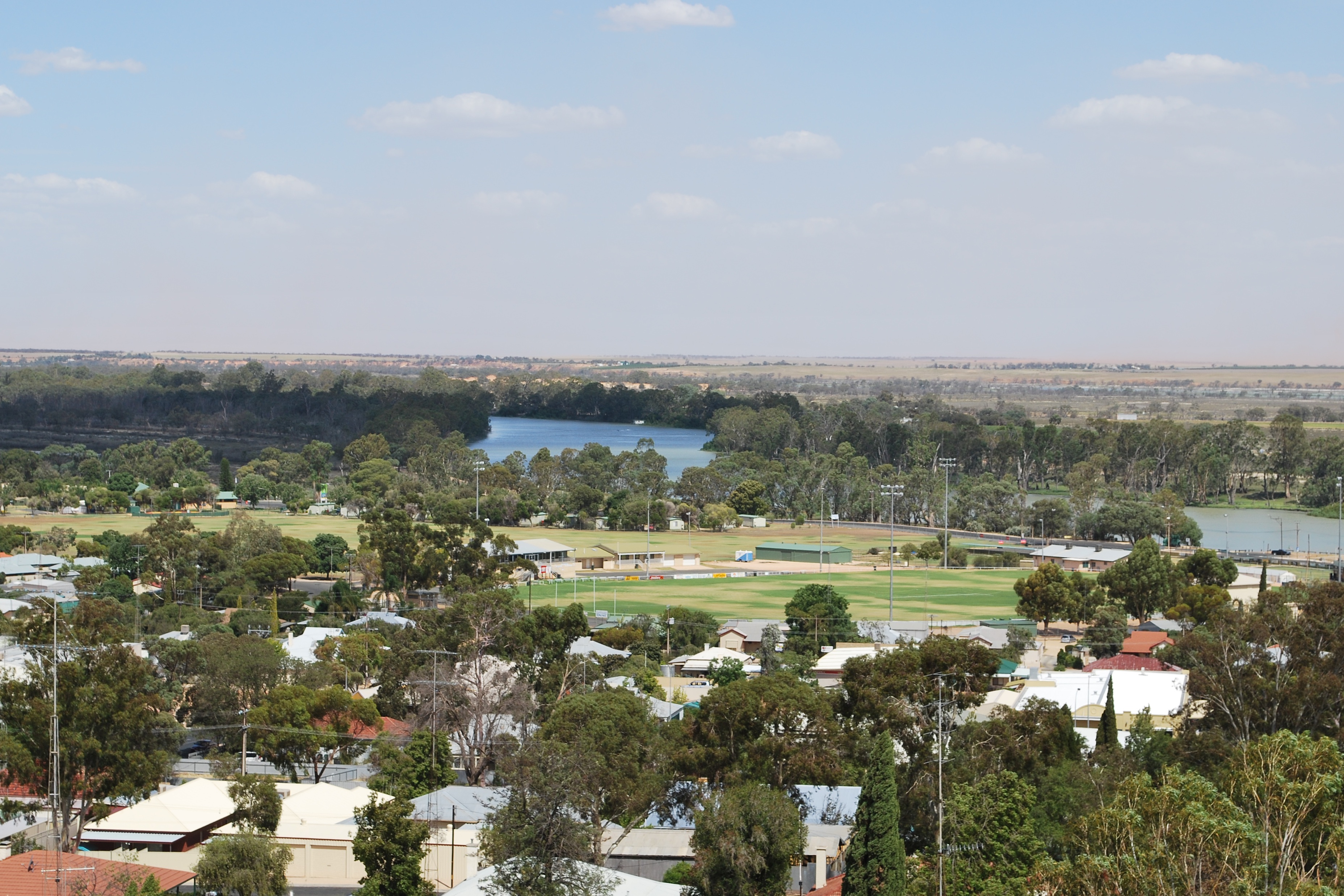Ophthalmic nurses rise up at RANZCO
You can’t beat Wellington on a good day and you certainly couldn’t beat it in the delivery of the RANZCO NZ Branch Annual Scientific Meeting at the Museum of New Zealand Te Papa Tongarewa. Wind? What wind!
This year’s theme was ‘More than Meets the Eye’ and, being just down the road from Parliament, it gave the organising committee an opportunity to include not only topics dear to an ophthalmic nurse’s heart but also those of the health workforce in general. The hybrid format was also great for attendees making a last-minute switch from in-person to virtual due to ill health or other reasons, even though it gave Karen McLean from Conference Makers some stressful moments!
Who cares for the caregiver?
New Zealand Nurses Organisation (NZNO) chief executive Paul Goulter kicked off the nurses’ section of the conference by speaking about NZNO’s Maranga Mai (Rise Up) campaign, which highlighted some of the big issues facing nurses. He reminded us now is the time for nurses to rise up and be recognised and valued as a workforce within ophthalmology and the wider health system. With the increased demands on limited nursing and healthcare resources, stress and burnout have become even more of an issue and NZNO professional nurse advisor Anne Brinkman’s talk on this was a timely reminder of how to care for ourselves and each other in these challenging times. For example, taking the time to ask colleagues if they’re OK is an important way of letting each other know we care.
Another useful presentation was given by Helen de Montalk, from the Nursing Council of New Zealand (NZNC), who demystified the daunting prospect of being reported to council, making us better informed about what to expect if things do go awry and reassuring us the first two stages of the process are geared towards supporting the nurse.
Hearing from Blind Low Vision NZ (BLVNZ), the Blind and Low Vision Education Network NZ (BLENNZ) and Macular Degeneration New Zealand (MDNZ) was a great reminder of how we can engage with these fantastic organisations to assist in meeting the healthcare needs of our patients. Ophthalmic nurses and orthoptists are uniquely placed to refer patients to these bodies early, so they receive the right support when they need it.

EHA's Jelena Zidov and MDNZ's Sarah Berman with Olga Brochner
Wellington-based paediatric ophthalmologist Dr Anne-Marie Yardley and orthoptist Liz Gately-Taylor discussed updating the Lea symbols on Thomson vision charts at Wellington’s Terrace Eye Centre to include letters from the Māori alphabet. It was a great showcase of how big ideas to help achieve equitable healthcare really start with small steps. Like all good health outcomes, collaboration was key. Hats off too to Craig Norman of Optimed NZ for not giving up when it started to look like the project might end up in the ‘too-hard’ basket!
Nurses leading the way
We were fortunate to hear from Dr Penelope Stanford, a senior lecturer in adult nursing at the University of Manchester, UK, who gave several in-person talks over the two days. Dr Stanford started out as an ophthalmic nurse and remains passionate about the profession, nurse education and enhancing the ophthalmic patient experience. Her talks on post-operative pain, nursing care of the older sight-impaired patient and caring for people with learning disabilities reinforced the idea that the way we care for people significantly impacts their everyday lives.

Author Sylvia Hewison and nurses’ keynote Dr Penelope Stanford
It is well documented that nurse-led clinics help to improve health outcomes through improving patient experience, easing pressure on consultants, allowing more timely access to care and ensuring continuity of care. Both Counties Manukau nurse practitioner Marc MacLean’s talk on a nurse-led intravitreal injection clinic and Wellington Hospital nurse Bev Corrin’s on establishing a nurse-led idiopathic intracranial hypertension (IIH) clinic for patients with stable IIH underpinned nurses’ adaptability.
One highlight of the conference was the panel discussion on nurse-led intravitreal injection clinics within New Zealand. Having a panel of experts all in one room to share their experiences and ideas on what does and doesn’t work within these clinics enabled us to take that knowledge back to our own areas. There was much discussion on the use of chlorhexidine versus iodine, with some of the nurses on the panel saying their institution had moved to chlorhexidine – “use the blue”. While the clinical pearls highlighted slight differences between individual clinics, it was noted that guidelines and protocols are a must for safe and effective care. Interactive sessions like this one will be a great addition to future ophthalmic nursing conferences. It is imperative ophthalmic nurses have access to ophthalmic nursing education to ensure these sorts of clinics continue if we are to keep meeting eye healthcare demands. Nurse practitioner Fiona Bamforth’s talk on the pathway to becoming a clinical nurse specialist was therefore also an apt and welcome addition.
Another standout presentation was Bronwyn Ward’s John Parr Medal Lecture – the first time a nurse has given this lecture at any RANZCO conference. After many years, Ward has retired from her charge nurse role within Greenlane’s Ophthalmology Department. She gave an impassioned and heart-warming speech on her career. She has been and continues to be an inspiration to us all!

Dr Sue Ormonde presenting the John Parr Medal to Bronwyn Ward
Food for thought
The knowledge and experience shared by these fantastic speakers prompted much discussion among attendees. In particular, Boulcott Hospital theatre team leader Judith de Wilde’s talk on surgical safety highlighted the need for accurate and fully completed consent forms prior to surgery to minimise risk. Since ophthalmology theatres are a fast-paced environment, it is often the nursing staff who are marking the correct eye for surgery. And I will be more conscious of rubbing my eyes in future, thanks to Wellington Hospital ophthalmology nurse Qingfeng (Lisa) Ren’s informative and interesting talk on its consequences. Her images of an MRI scan of eye rubbing will stay with me forever! Other highlights included the doctors who took the time to share their knowledge with the nurses’ section on such subjects as keratoconus and ocular trauma.

Anne MacLean, Marc MacLean, Sally Caldwell and Flo Blakely
In conclusion
The diversity of speakers and panel discussions ensured a wide range of perspectives and experiences were represented and created a dynamic and enriching environment where attendees could connect, network and collaborate with professionals from various backgrounds. The conference dinner held in the refurbished hall at the beautiful (old) Public Trust building was a wonderful way to unwind and catch up with attendees over delicious kai, all the while being enthralled by magician Jonathan Usher. His sleight of hand and comedic skills were second to none and had the audience laughing out loud and in awe of his skill.
Reflecting on the conference’s learnings, I was reminded of this whakatauki: whaowhia te kete matauranga (fill the basket of knowledge). We certainly left Te Papa with brimming baskets.
Special thanks to Karen McLean of Conference Makers for ensuring the conference committee were kept ‘on task’! If future RANZCO conferences are of this calibre, they are not to be missed!
Sylvia Hewison was a member of this year’s RANZCO nursing conference committee and has a background in nursing and leadership. She is currently practice manager at The Terrace Eye Centre in Wellington and enjoys supporting the wonderful Terrace Eye team to save sight, stamp out infection and have fun.









